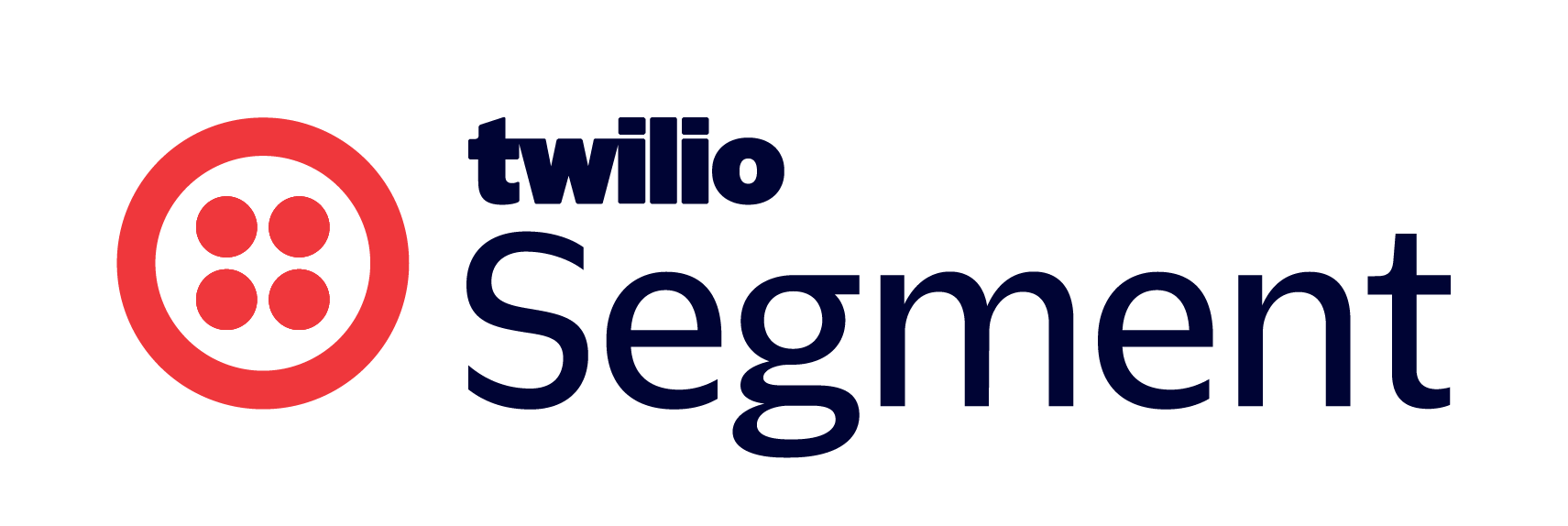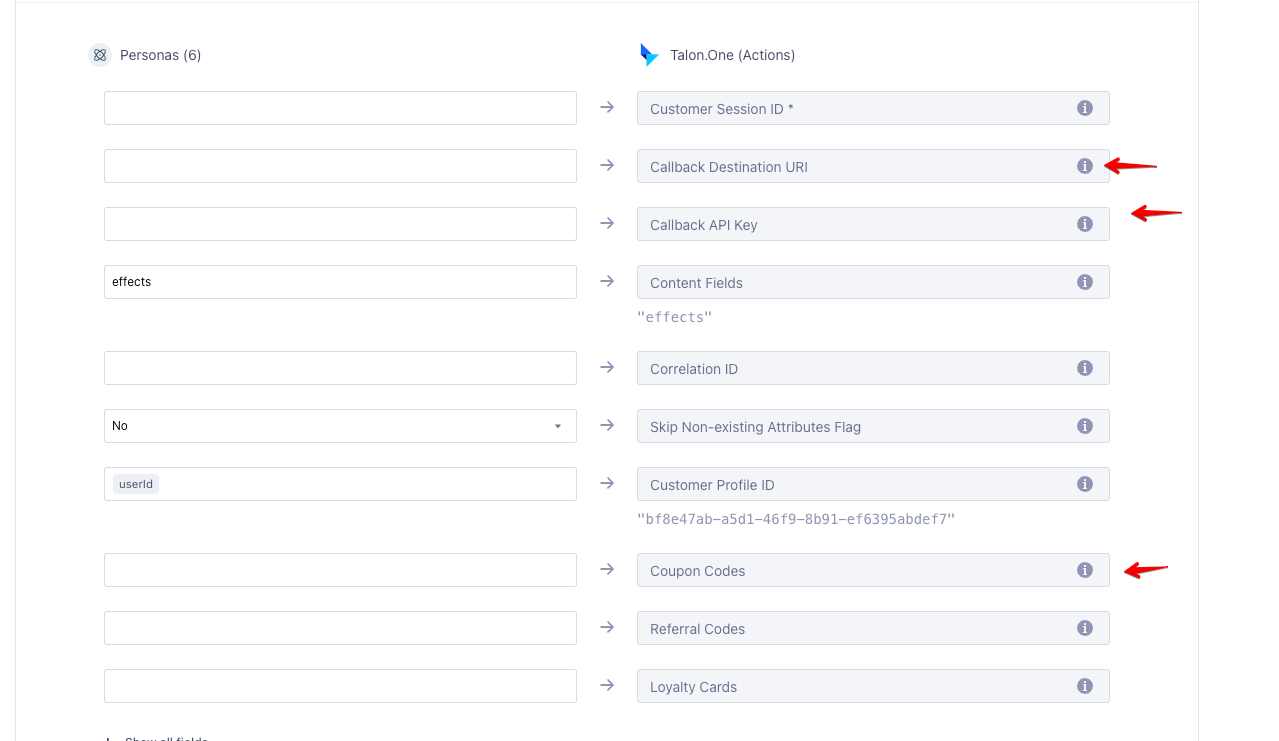@Saurabh Kanchan,
If I’m understanding correctly, the data flow would look something like this:
User creates welcome event (Sign in, sign up, etc.), you want to generate a Promo Code for them/those events and TalonOne will be generating the Promo Code (because Segment cannot mint new Promo Codes). So Segment will track those ‘welcome events’ and generate the audience of who should receive a promo code, then that would flow to TalonOne to append promo code for those users. From there, it seems we need to provide that list of users (with Promo Codes attached) to the ESP somehow, right?
From the folks I’ve asked internally there seems to be a couple ways to do this. You could re-ingest users as an identify call, with TalonOne as a source, to then pass to your ESP connected to Segment. Or send those users directly to the ESP from TalonOne (if that is possible, I’m not familiar with TalonOne’s integration capabilities for sending data in that regard).
Alternatively, this is more advanced but if TalonOne’s process is real-time for assigning the promo code, you could create destination insert function in the ESP to send that Identify call into the ESP, and enrich the payload within Segment and send to ESP that way. This would require the Integrations API in TalonOne, and would require coding as well. https://docs.talon.one/docs/dev/integration-api/overview
Let me know if this helps! If not we can open up a support ticket on your behalf with all of this context included.




